Multi-user buildings on SYK campuses
Lappeenranta, Verso
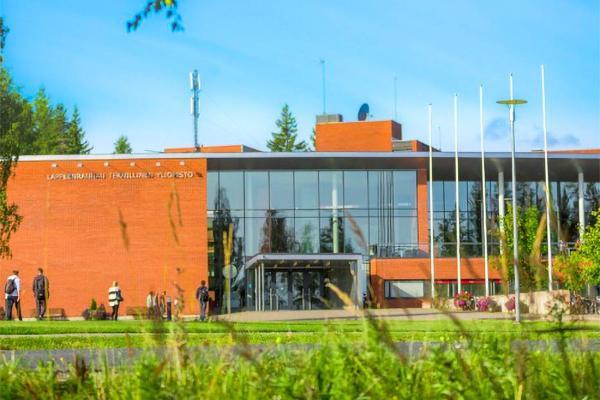
Turku, Medisiina D
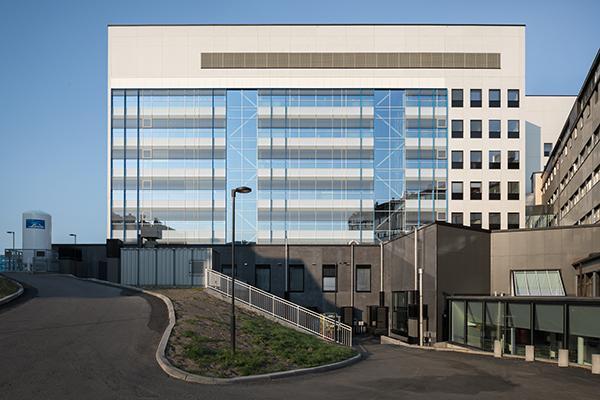
Tampere–Kauppi, Arvo
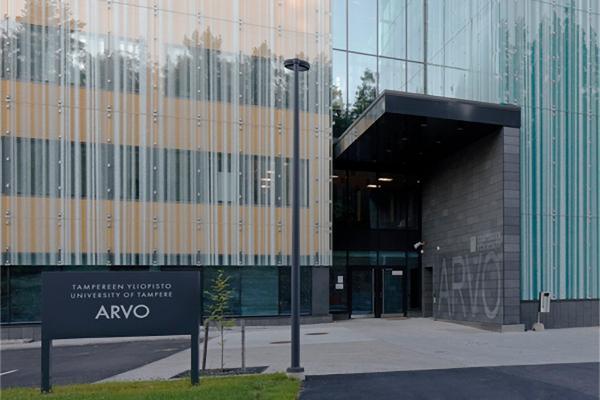
Tampere–Hervanta, Kampusareena
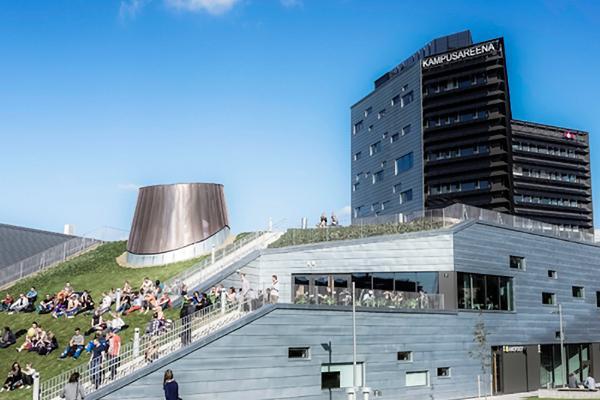
Oulu, Linnanmaa
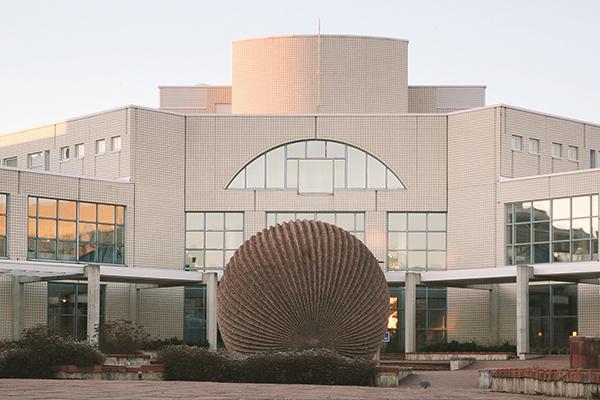
University cities at the heart of operations
The company’s business focuses on Finland and its twelve university cities. Our real estate portfolio consists of more than two hundred buildings, which are mainly located on sixteen campuses. For the management of our operating environment, awareness of the characteristics of each campus, both in terms of the buildings and the operations they house, is very important. Last autumn, to improve the management of our operating environment over both the short and long term, we began joint strategic discussions with our owner universities, focusing on the campuses and our premises. Based on these, we have prepared site cards to support the management of our real estate portfolio. This way we ensure that the goals of our operations remain consistent.
Universities as major users of space
Premises leased for the use of our owner universities generate 85% of our revenue. Changes in the use of premises by universities have made it possible to also rent premises to universities of applied sciences, cities and municipalities, hospital districts and individual companies. Our goal is to create multi-user campuses, where universities and other users of the facilities mutually benefit from proximity to one another, and where the premises can support new and different forms of cooperation. In 2020, the most significant new player on our campus was Oulu University of Applied Sciences, which started using renovated premises on the Linnanmaa campus in the middle of the year.
Improving the operating environment through co-development
Changes in training and research methods as well as support for diverse forms of learning require not only conventional lecture rooms, but also spaces where people can meet and do group work. For the premises to meet their functional purpose and to support the development of the activities, we use the CoSYK co-development operating model in almost all projects. In this process, the parties to a construction project together produce targets and initial data for both the project itself and the final product, and also commit to the functional changes these require. The operating model enables a dialogue about solutions that allow flexible modification, as well as about the versatility and possibilities of the premises.
Responsibility in a key role
We are continuously improving our sustainable development efforts and reporting. Our aim is to be increasingly active in business responsibility issues. We develop measurement opportunities at our properties and work as an active partner to our customers. To increase our users’ awareness of their chances of making an impact, we aim to share more information about environmental issues in our buildings in future. We report on responsibility in accordance with the GRI Standards.
Read more about responsibility
Resource-efficient construction
When planning new construction, renovation or improvement, we as the property owner incorporate the space needs of our customers with the resource-efficient life cycle of the properties and the customers’ objectives for the functionality of the premises. The campus- and property-specific strategies developed in collaboration with universities provide common guidelines for campus development.
In construction, we make extensive use of the lessons learned from BREEAM procedures and apply the Healthy House programme. The Healthy House implementation criteria are laid down in the implementation guide, which describes the key requirements for design and construction. Implementing these requirements will result in a functional, healthy building that offers the required indoor climate conditions. We have documented these as a guideline to be followed in all of our construction projects. This way, we aim to minimise any adverse effects of construction work and at the same time intensify stakeholder cooperation with the buildings’ future users already during the project.
Our real estate portfolio is being updated
In 2020, we gave up some of our sites that were no longer used by a university, and further use by the university was not expected. When divesting sites, we try to find a new owner for the property by selling it. If, during the sale process, we find that it is not possible to sell the property, other options are considered to minimise the negative cash flow from the property. With regard to the teacher training school in Savonlinna, we decided to start the demolition process. The buildings on the site will be completely demolished during 2021.
